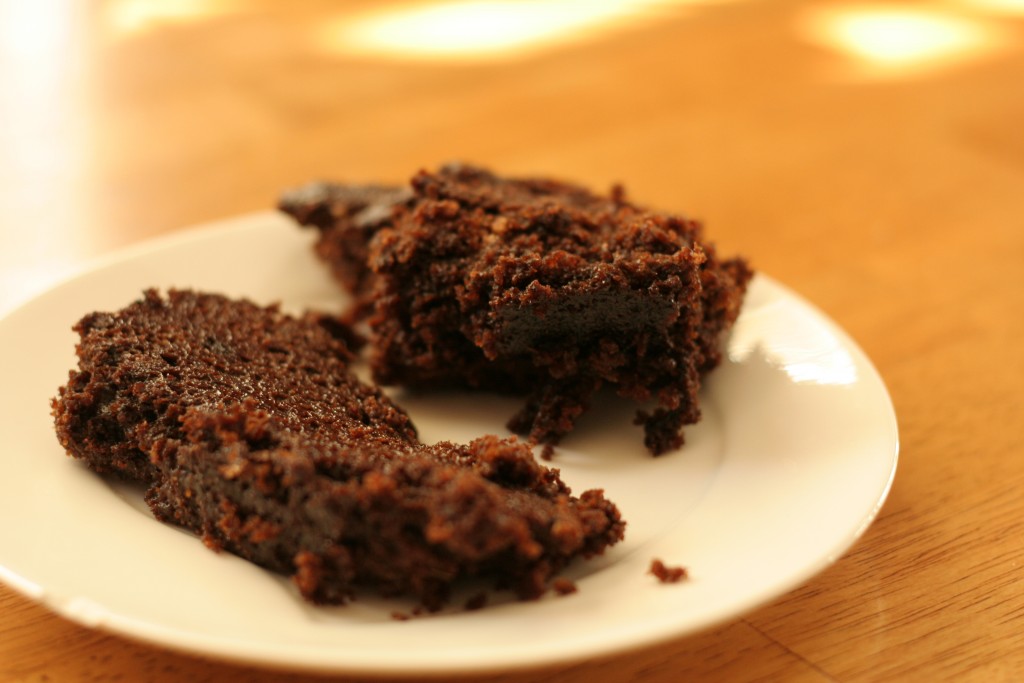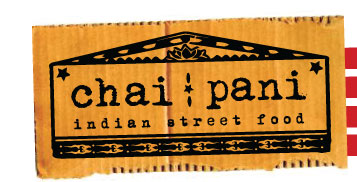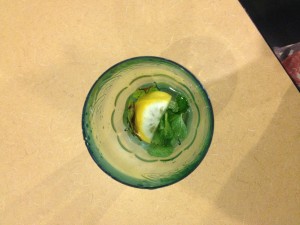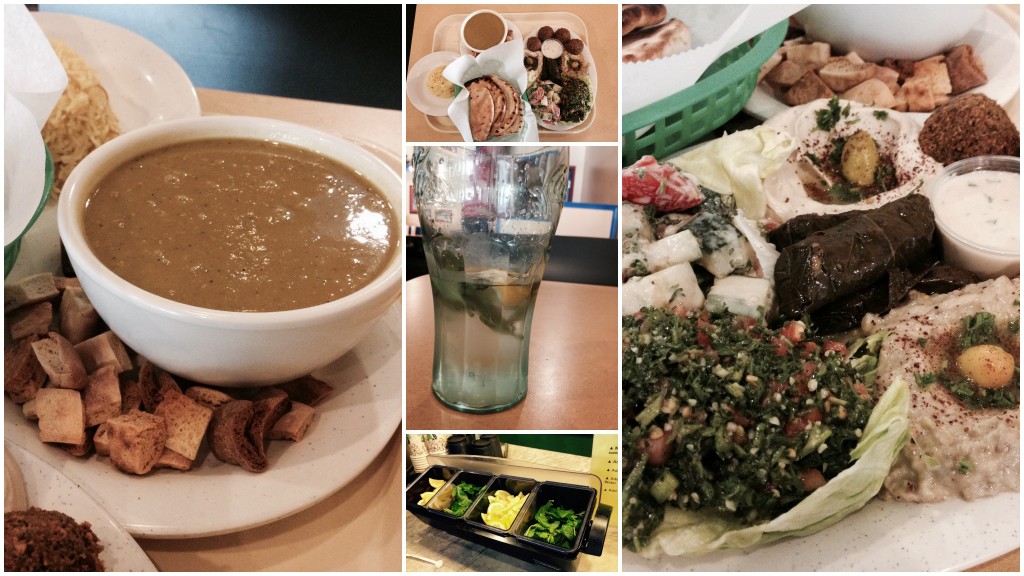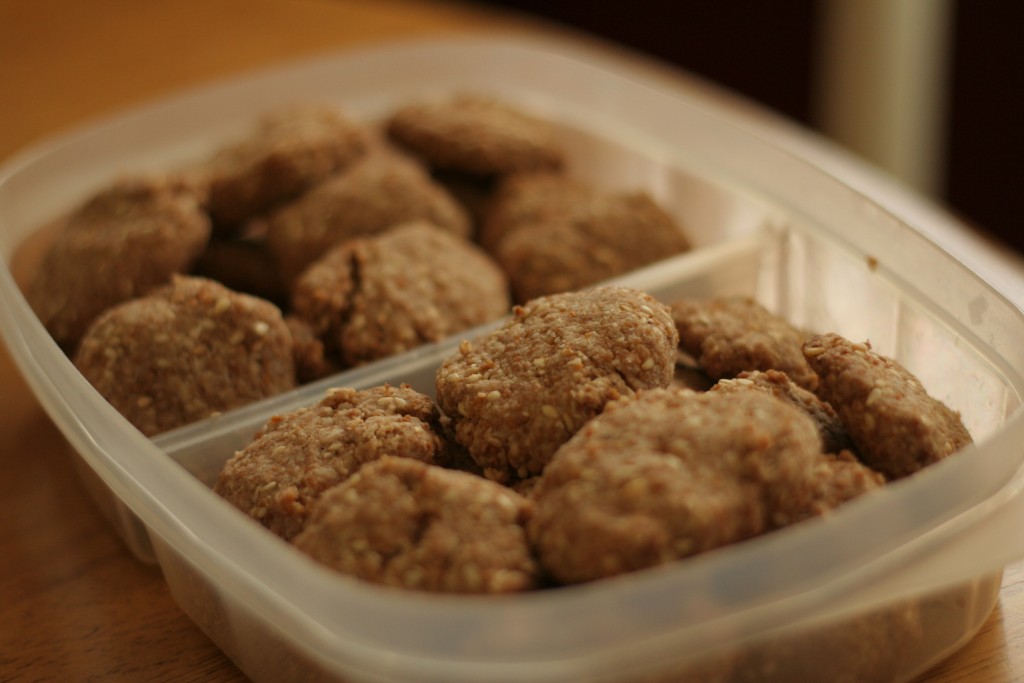Ginger is one of my favorite spices. I adore it in all forms. Fresh ginger is something I add to almost everything Indian I cook. Dal, khichdi, curries, soups… all of them get a generous addition of ginger – chopped or shredded. My daily cup of masala chai depends on fresh ginger for the zing and sharpness. Last India trip, I brought back to the U.S. a big knob of fragrant dried ginger (“chukkuh” in Malayalam). It liberally perfumed the plastic bag it came in. I add generous doses of dried ginger powder (“soonth”) to spice cookies and cakes. We are loyal consumers of all manner of herbal ginger teas (Yogi, Traditional Medicinals, Pukka, etc.)
I think I waited too long to make this cake, no?
Here is the original recipe. I have tweaked quantities and substituted ingredients in my version, so please read both recipes before you start baking!
Ingredients
80g fresh ginger, peeled
2/3 cup organic unsulphured molasses
1 cup raw cane sugar
1 cup olive oil
2 1/2 cups spelt flour
1 teaspoon ground cinnamon
1/2 teaspoon ground cloves
1/2 teaspoon ground black pepper
1 cup water
2 teaspoons baking soda
2 large eggs, at room temperature (I used Ener-G egg replacer)
Method
- Preheat the oven to 350 F. Grease a loaf pan with oil or non-stick spray.
- Chop the ginger finely. Or you can use a mixer/grinder to shred it finely.
- Combine the shredded ginger, molasses, sugar and olive oil in a large bowl.
- Mix the flour, cinnamon, cloves and black pepper in another bowl.
- Bring the water to boil in a saucepan, add baking soda. Stir the water into the molasses mixture.
- Incorporate the dry ingredients in to the molasses mixture.
- Add the egg replacer to the batter. Mix well until combined thoroughly.
- Pour the batter into the prepared loaf pan. Bake for an hour until a toothpick inserted into the center of the cake comes out clean. If the top of the cake starts browning before the cake is done, cover with a piece of aluminum foil and continue baking.
- Let the cake cool for a good 30 minutes.
- Cut into wedges, enjoy.
Notes
- This cake is a beautiful blend of the sweet and spicy. The dark sweetness of the molasses perfectly complements the warm spices.
- I used spelt flour in place of whole wheat flour.
- The original recipe called for 120g of fresh ginger. However, the kind of fresh ginger we buy is very intense, so I reduced the quantity to 80g instead.
- I used a loaf pan that was clearly the wrong size. The cake swelled up and started overflowing down the sides of the pan. The original recipe calls for a 9-inch springform pan or a 9inch x 3inch cake pan, neither of which I own. Well, the cake swelled like crazy, finally collapsing in the center. Next time, I will use a larger baking utensil.
- I think this cake could benefit from the addition of dried cranberries and/or black raisins.
